Physical education is a course taught in school that focuses on developing physical fitness and the ability to perform and enjoy day-to-day physical activities with ease.Kids, as well as adults, benefit from regular exercise. Health benefits from regular exercise include: stronger muscles and bones, increased coordination and energy, and decreased risk of developing chronic diseases such as type 2 diabetes. For most kids, exercise means being physically active during play, recess, and physical education class, also known as P.E. Physical education contributes to each child’s total growth and development. Kids also develop skills necessary to participate in a wide range of activities, such as soccer, basketball, or swimming. Regular physical education classes prepare kids to be physically and mentally active, fit, and healthy into adulthood. An effective physical education program should include engaging lessons, trained P.E. teachers, adequate instructional periods, and student evaluation.
Details of units and topics in theory portion (Maximum Marks 70)
Unit-I: Planning in Sports
- Meaning & Objectives of Planning
- Various Committees & its Responsibilities (pre; during & post)
- Tournament – Knock-Out, League or Round Robin & Combination
- Procedure To Draw Fixtures – Knock-Out (Bye & Seeding) & League (Staircase & Cyclic)
- Intramural & Extramural – Meaning, Objectives & Its Significance
- Specific Sports Programme (Sports Day, Health Run, Run For Fun, Run For Specific Cause & Run For Unity)
CBSE Class 12 English Core Syllabus 2017 – 2018
Unit-II: Sports & Nutrition
- Balanced Diet & Nutrition: Macro & Micro Nutrients
- Nutritive & Non-Nutritive Components Of Diet
- Eating For Weight Control – A Healthy Weight, The Pitfalls Of Dieting, Food Intolerance & Food Myths
- Sports nutrition & its effect on performance (fluid & meal intake, pre, during & post competition)
- Food supplement for children
CBSE Class 12 Physics Syllabus 2017 – 2018
Unit-III: Yoga & Lifestyle
- Asanas as preventive measures
- Obesity: Procedure, Benefits & contraindications for Vajrasana, Hastasana, Trikonasana, Ardh
Matsyendrasana
- Diabetes: Procedure, Benefits & contraindications for Bhujangasana, Paschimottasana, Pavan
Muktasana, Ardh Matsyendrasana
- Asthema: Procedure, Benefits & contraindications for Sukhasana, Chakrasana, Gomukhasana,
Parvatasana, Bhujangasana, Paschimottasana, Matsyasana
- Hypertension: Tadasana, Vajrasana, Pavan Muktasana, Ardha Chakrasana, Bhujangasana,
Sharasana
- Back Pain: Tadasana, Ardh Matsyendrasana, Vakrasana, Shalabhasana, Bhujangasana
CBSE Class 12 Biology Syllabus 2017 - 2018
Unit-IV: Physical Education & Sports for Differently-Abled
- Concept of Disability & Disorder
- Types of Disability, its causes & nature (cognitive disability, intellectual disability, physical disability)
- Types of Disorder, its cause & nature (ADHD, SPD, ASD, ODD, OCD)
- Disability Etiquettes
- Advantage of Physical Activities for children with special needs
- Strategies to make Physical Activities assessable for children with special need.
CBSE Class 12 Chemistry Syllabus 2017 – 2018
Unit-V: Children & Sports
- Motor development & factors affecting it
- Exercise Guidelines at different stages of growth & Development
- Advantages & disadvantages of weight training
- Concept & advantages of Correct Posture
- Causes of Bad Posture
- Common Postural Deformities - Knock Knee; Flat Foot; Round Shoulders; Lordosis, Kyphosis, Bow Legs and Scolioses
- Corrective Measures for Postural Deformities
CBSE Class 12 Mathematics Syllabus 2017 – 2018
Unit-VI: Women & Sports
- Sports participation of women in India
- Special consideration (Menarch & Menstural Disfunction)
- Female Athletes Triad (Oestoperosis, Amenoria, Eating Disorders)
- Psychological aspects of women athlete
- Sociological aspects of sports participation
Unit-VII: Test & Measurement in Sports
- Computation of Fat Percentage -
Slaughter – Lohman Children Skinfold Formula:
Triceps & Calf Skinfold
(Male 6 to 17 yrs - % body fat = (0.735 × sum of skinfold) + 1.0
(Female 6 to 17 yrs - % body fat = (0.610 × sum of skinfold) + 5.0
- Measurement of Muscular Strength – Kraus Weber Test
- Motor Fitness Test – AAPHER
- General Motor Fitness – Barrow three item general motor ability (Standing Broad Jump, Zig Zag
Run, Medicine Ball Put – For Boys: 03 Kg & For Girls: 01 Kg)
- Measurement of Cardio Vascular Fitness – Harvard Step Test/Rockport Test -
- Computation of Fitness Index: Duration of the Exercise in Seconds x 100
5.5 × Pulse count of 1-1.5 Min after Exercise
- Rikli & Jones - Senior Citizen Fitness Test
- Chair Stand Test for lower body strength
- Arm Curl Test for upper body strength
- Chair Sit & Reach Test for lower body flexibility
- Back Scratch Test for upper body flexibility
- Eight Foot Up & Go Test for agility
- Six Minute Walk Test for Aerobic Endurance
Unit-VIII: Physiology & Sports
- Gender differences in physical & physiological parameters.
- Physiological factor determining component of Physical Fitness
- Effect of exercise on Cardio Vascular System
- Effect of exercise on Respiratory System
- Effect of exercise on Muscular System
- Physiological changes due to ageing
- Role of physical activity maintaining functional fitness in aged population
Unit-IX: Sports Medicine
- Concept, Aims & Scope of Sports Medicine
- Sports injuries: Classification, Causes & Prevention
- First Aid – Aims & Objectives
- Management of Injuries:
Soft Tissue Injuries:
(Abrasion, Contusion, Laceration, Incision, Sprain & Strain)
Bone & Joint Injuries:
(Dislocation, Fractures: Stress Fracture, Green Stick, Communated, Transverse Oblique & Impacted)
Unit-X: Kinesiology, Biomechanics & Sports
- Projectile & factors affecting Projectile Trajectory
- Newton’s Law of Motion & its application in sports
- Aerodynamics Principles
- Friction & Sports
- Introduction to Axes & Planes
- Types of movements (Flexion, Extension, Adbuction & Adduction)
- Major Muscles involved in running, jumping & throwing
Unit-XI: Psychology & Sports
- Understanding Stress & Coping Strategies (Problem Focussed & Emotional Focussed)
- Personality; its definition & types – Trait & Type (Sheldon & Jung Classification) & Big Five
Theory
- Motivation, its type & techniques
- Self-esteem & Body Image
- Psychological benefits of exercise
- Meaning, Concept & Types of Aggressions in Sports
Unit-XII: Training in Sports
- Strength – Definition, types & methods of improving Strength – Isometric, Isotonic & Isokinetic
- Endurance - Definition, types & methods to develop Endurance – Continuous Training, Interval
Training & Fartlek Training
- Speed – Definition, types & methods to develop Speed – Acceleration Run & Pace Run
- Flexibility – Definition, types & methods to improve flexibility
- Coordinative Abilities – Definition & types
- Circuit Training & High Altitude Training; Introduction & its impact
TIPS AND TRICKS:
Preparation:-
- Books to refer: I referred Together With for Physical Education. It's a very good book with all the diagrams that you need for understanding the exercises and physical fitness tests. Also, I liked the questions in it which included the last 10 year questions.
- Schedule: I read 5–6 chapters from that book before my boards. Then my main exams ended on 14 or 15th March and I had my PE paper on 28th March. So, I used to study regularly for 3 hours from 15th March to 27th March. So, this way I completed my course. (I already studied these chapters from NB Publications PE book which was recommended by our school but that was not good so I had to buy Together with in the end)
- Rough Notes: There are 5 marks questions in which you'll have to give 8–9 points. In some topics like fitness test, I felt hard memorising the sequence so I wrote the headings of these tests on one paper and I used to revise them frequently so that I don't forget those points on my exam day. So, you can try this thing for your exam. Just jot down the major points and rest you can make up yourself.
Exam Day:-
- Wake up early in the morning: Wake up at 5:30 and try to revise everything.
- While giving the exam: Use blue and black pen. Black pen for headings and sub points and blue pen for content. Write neatly. It doesn't matter whether you have bad or good handwriting… It should be neat. After every sub point, leave a line. After every answer, leave two lines. Do not darken the words with pen if you have written something wrong. Just draw a single line over those words.
- Speed: Maintain your speed throughout the paper. Finish 3 marks questions first and then jump to 5 marks questions and then the rest of the questions. Do not overwrite. Stick to the point.
- Revising the paper: Try to finish your paper in 2 hours and 45 minutes. In 10 minutes, revise the answers. In the other 5 minutes, draw a line after every answer and if you want you can underline headings but with ruler, please. Please carry your kit in exam. Ruler, pencil, pens, eraser etc. Do not miss anything.


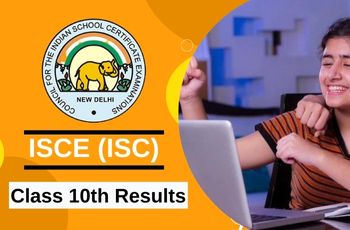
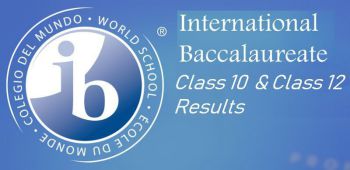
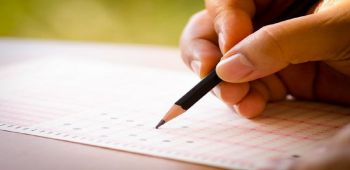

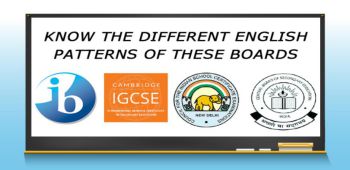
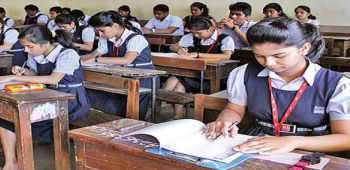








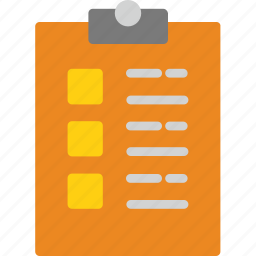
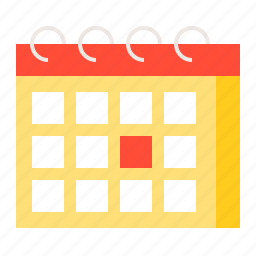
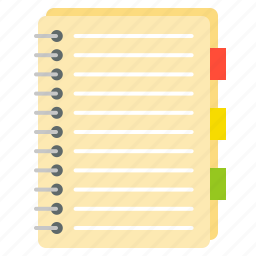
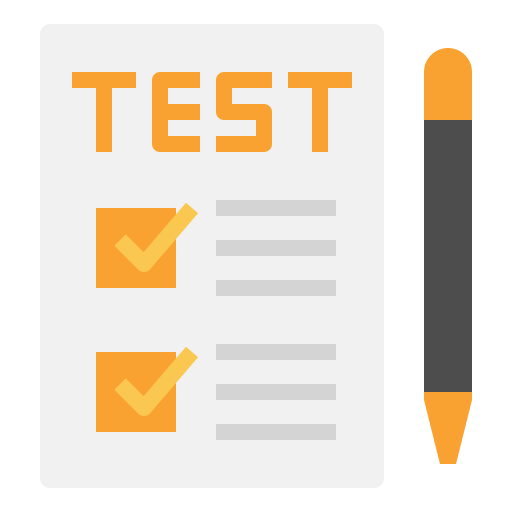
Comments